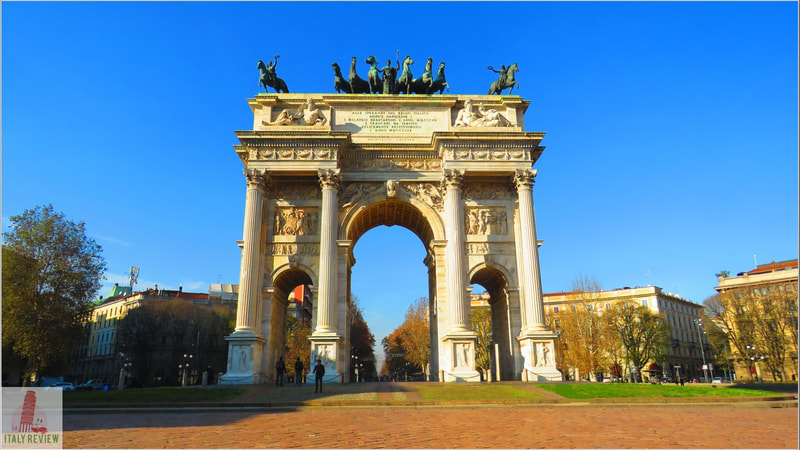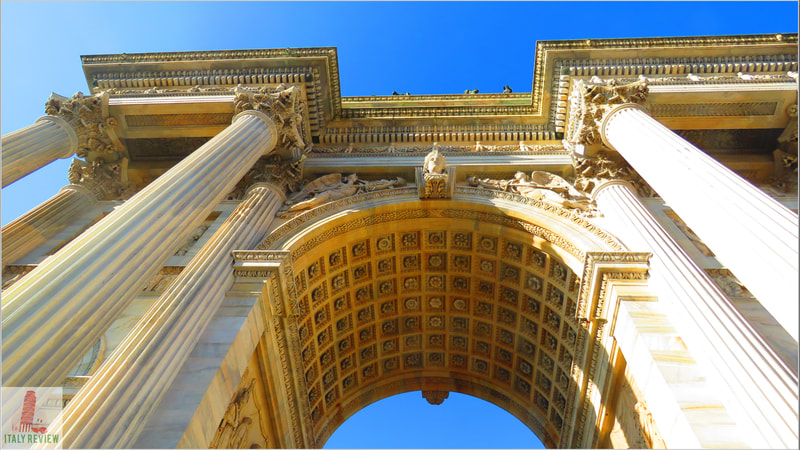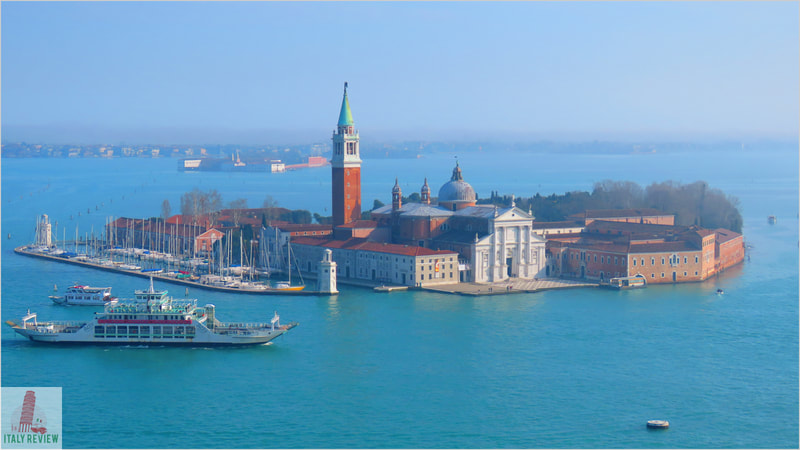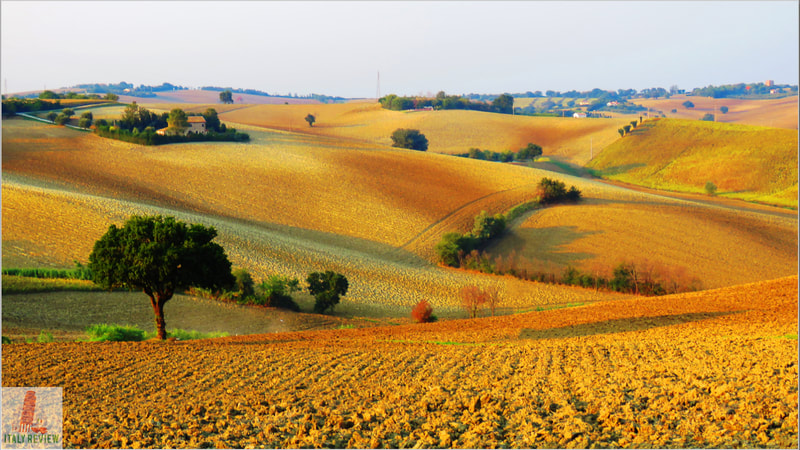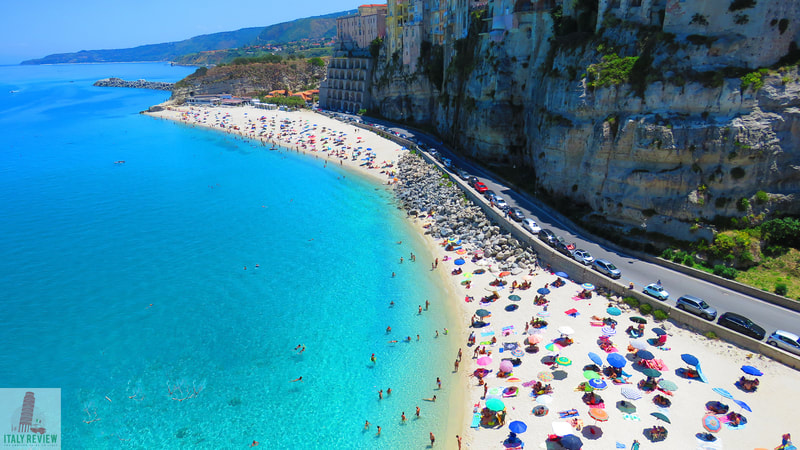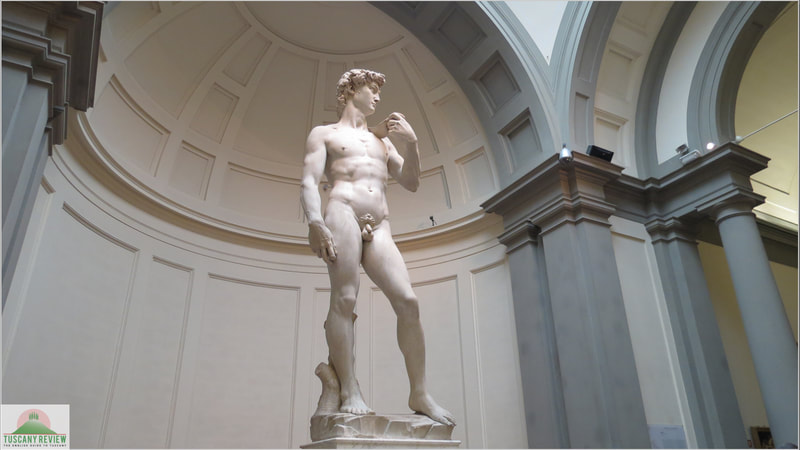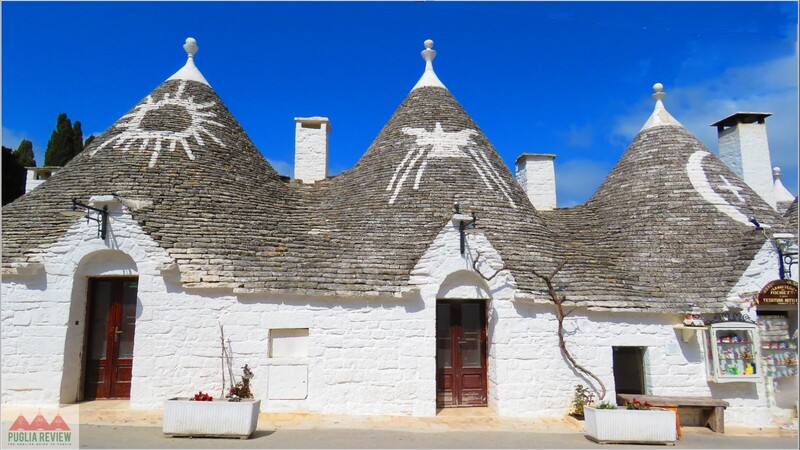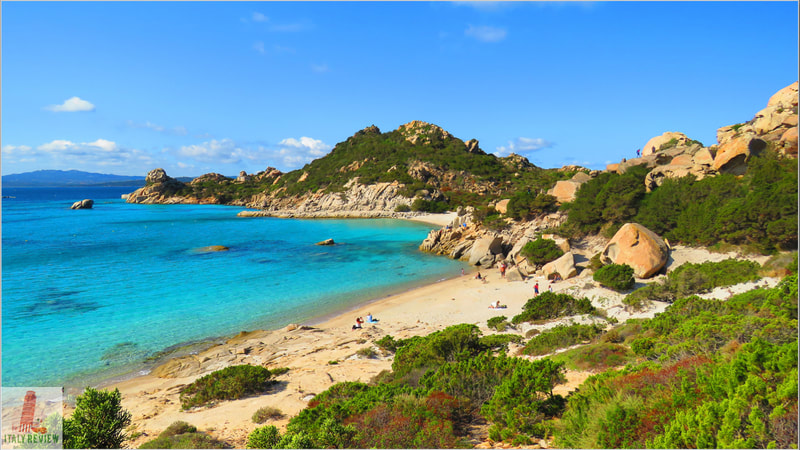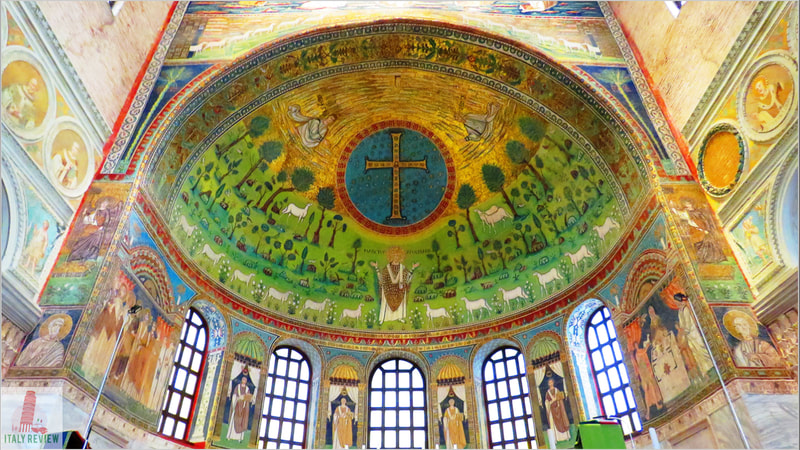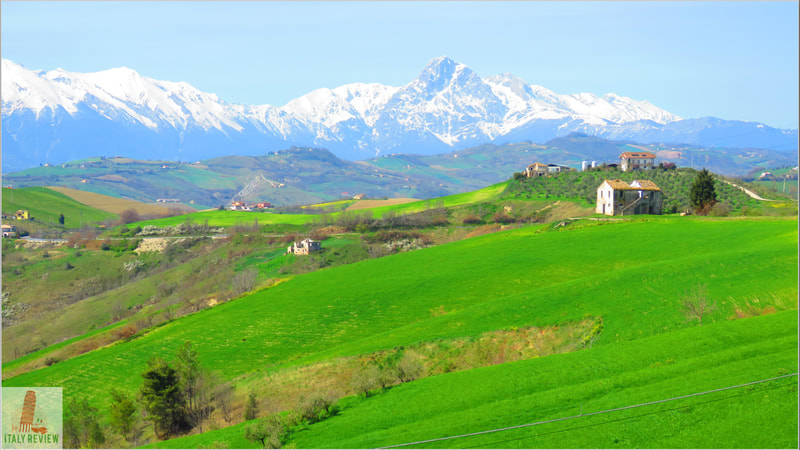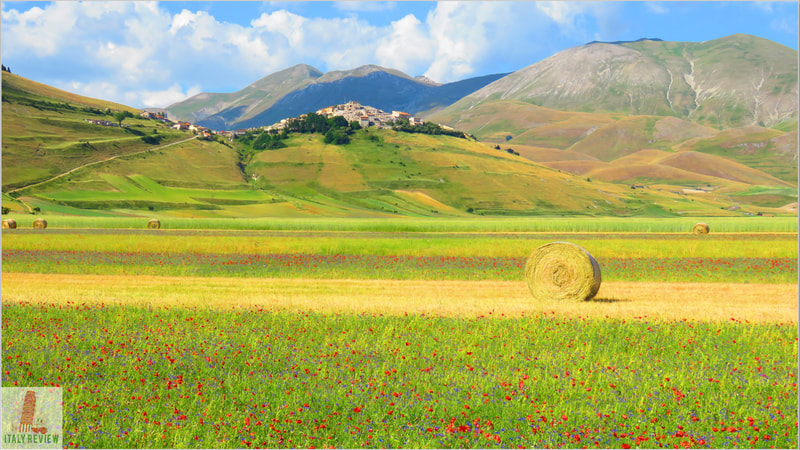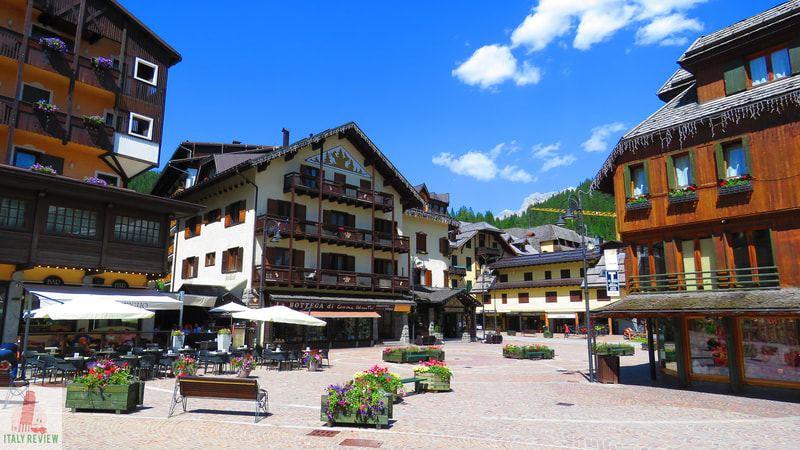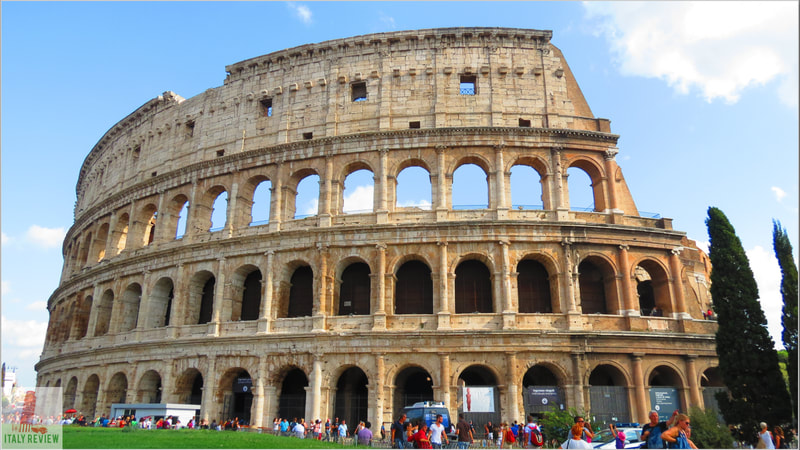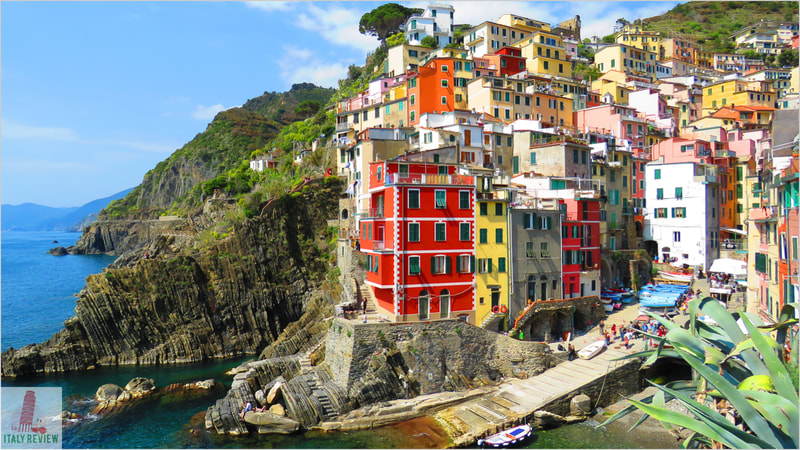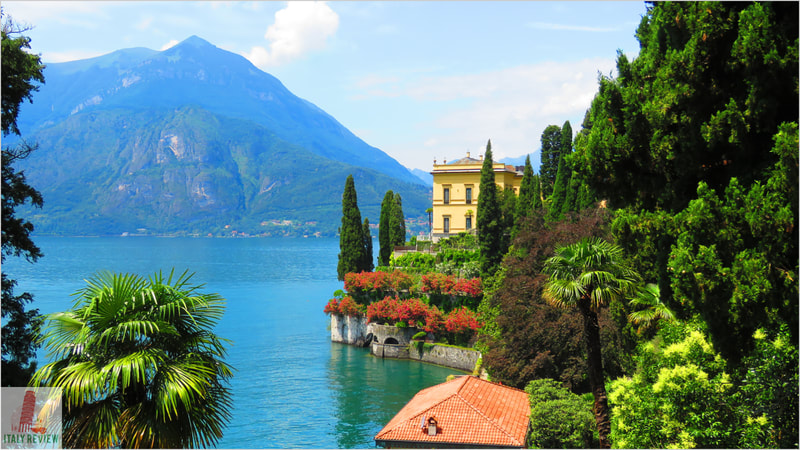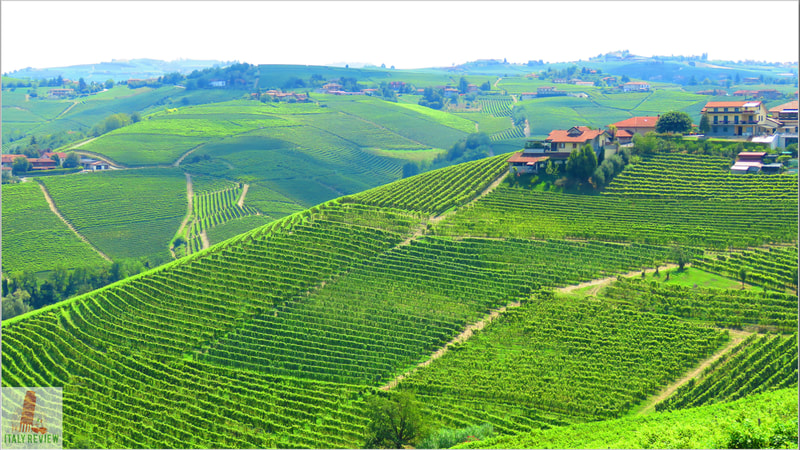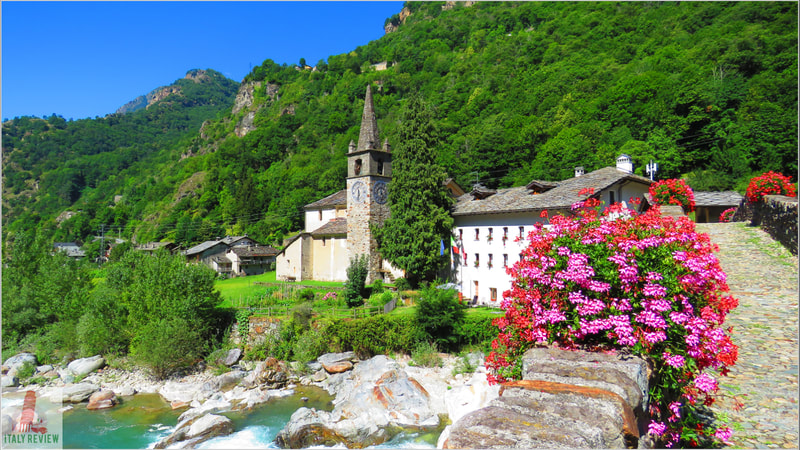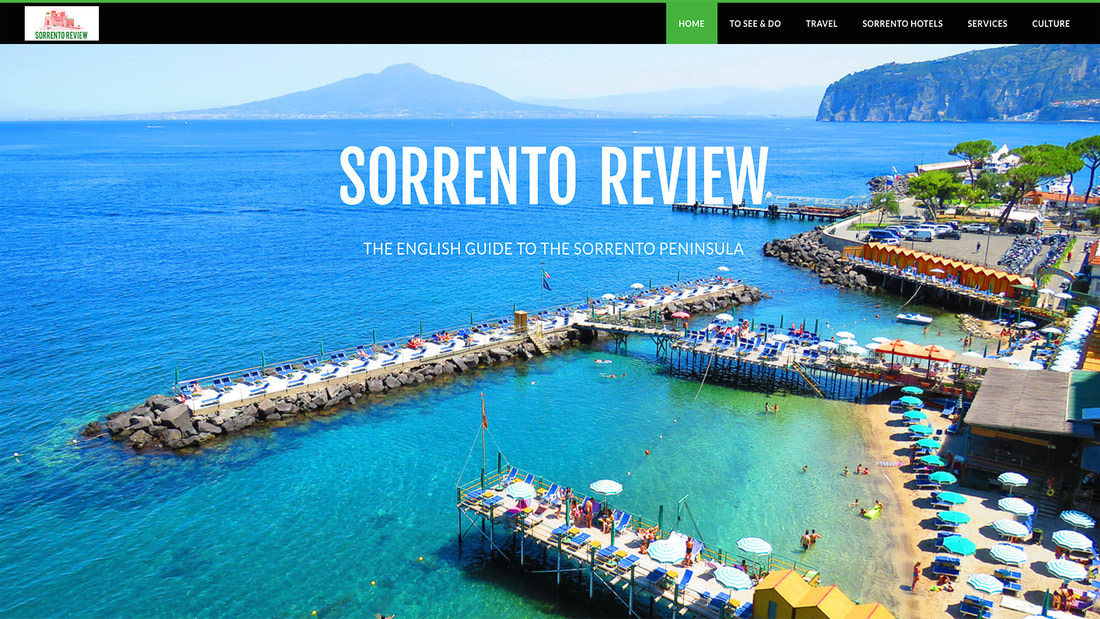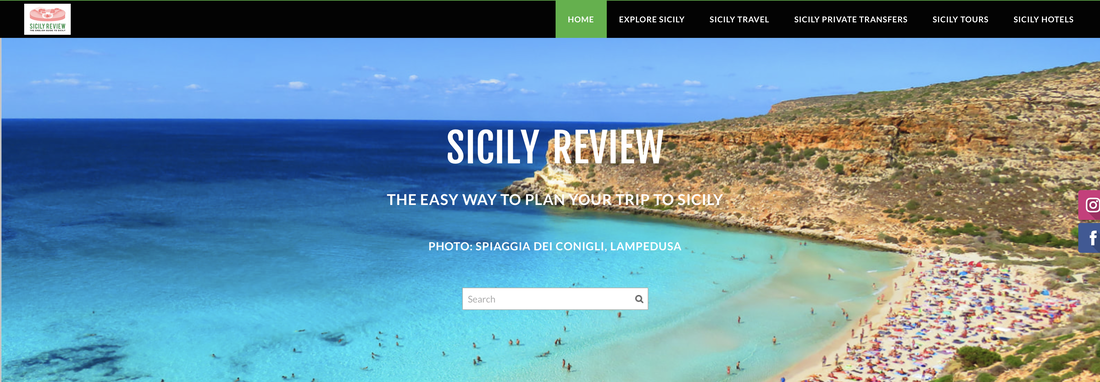Arco della Pace
|
By Dion Protani
|
Latest update: 17 January 2024
|
|
The Arco della Pace is one of the most iconic buildings in Milan city centre. Situated at one end of Parco Sempione, it was originally commissioned by Napoleon to commemorate the establishment of the Italian Republic which lasted just three years: 1802 to 1805.
It wasn't until 1838 that the 25 metre high Neoclassical structure topped with bronze statues was finally finished. |
Related links
Profile
The Arco della Pace, also known as the Arch of Peace, is a magnificent triumphal arch located in Milan, Italy. It is one of the city's most iconic landmarks and a symbol of peace and victory.
It's situated at the northern end of Corso Sempione, a grand boulevard in Milan. It is a Neoclassical triumphal arch inspired by the Arch of Constantine in Rome. The arch is constructed primarily of marble and features a central passageway flanked by two smaller arches, all adorned with ornate sculptures and reliefs.
The main facade of the arch faces south and is adorned with allegorical figures and bas-reliefs symbolizing peace and various military achievements. On top of the arch, there is a bronze statue of a chariot drawn by six horses, representing the goddess of Peace. The sides of the arch are decorated with numerous statues and friezes, adding to its grandeur.
It's situated at the northern end of Corso Sempione, a grand boulevard in Milan. It is a Neoclassical triumphal arch inspired by the Arch of Constantine in Rome. The arch is constructed primarily of marble and features a central passageway flanked by two smaller arches, all adorned with ornate sculptures and reliefs.
The main facade of the arch faces south and is adorned with allegorical figures and bas-reliefs symbolizing peace and various military achievements. On top of the arch, there is a bronze statue of a chariot drawn by six horses, representing the goddess of Peace. The sides of the arch are decorated with numerous statues and friezes, adding to its grandeur.
History
The construction of the Arco della Pace was commissioned by Napoleon Bonaparte in 1807 as a tribute to his military victories. The arch was originally named "Arco di Porta Sempione" (Arch of Porta Sempione) as it was located at the gate that marked the entrance to the city from the Simplon Road, an important trade route connecting Milan to Switzerland.
After Napoleon's fall, the arch was renamed "Arco della Pace" (Arch of Peace) in 1815 to celebrate the return of peace to Europe. The final design was created by Luigi Cagnola, an architect who blended Neoclassical and Renaissance elements to create the iconic structure that stands today.
After Napoleon's fall, the arch was renamed "Arco della Pace" (Arch of Peace) in 1815 to celebrate the return of peace to Europe. The final design was created by Luigi Cagnola, an architect who blended Neoclassical and Renaissance elements to create the iconic structure that stands today.
Key features and nearby attractions
- Location: The arch is located at the northern end of Corso Sempione, near Parco Sempione and Castello Sforzesco. It is easily accessible by public transportation, including trams and buses.
- Nearby Attractions: The arch is situated in a vibrant area with several other attractions, including Parco Sempione, one of Milan's largest parks, and Castello Sforzesco, a historical fortress and museum.
- Free Access: The arch is located in a public square, and visitors can admire it from the outside without any entrance fee.
- Photography: The Arco della Pace offers a fantastic backdrop for photographs, especially during sunset and in the evening when it is beautifully illuminated.
- Historical Significance: Take a moment to appreciate the historical significance of the arch as a symbol of peace and victory and its role in Milan's history and architecture.
- Events and Festivals: The area around the arch often hosts cultural events, festivals, and concerts, making it a lively place to visit.
Arco della Pace
|
City: Milan
Province: Metropolitan City of Milan Region: Lombardy Completed: 1838 Architectural style: Neoclassical Architect: Luigi Cagnola Height: 25 metres Nearest Metro station: Cairoli - M1 - 1.2 km - 15 min walk Close by: Parco Sempione, Sforza Castle, San Maurizio Monastero Recommended hotel: Château Monfort - Relais & Châteaux |

